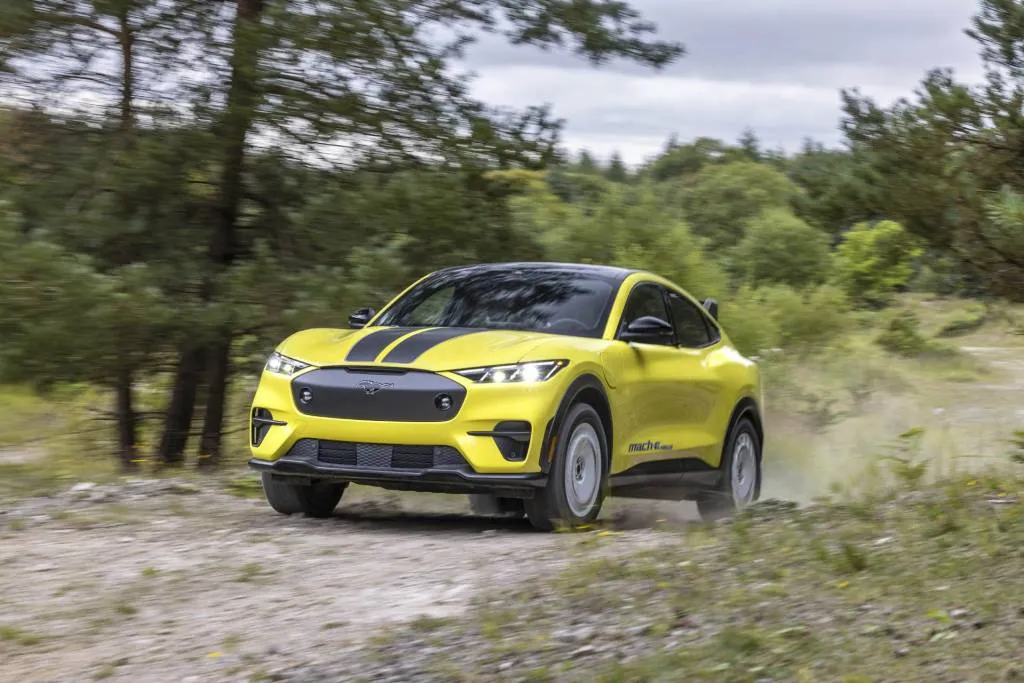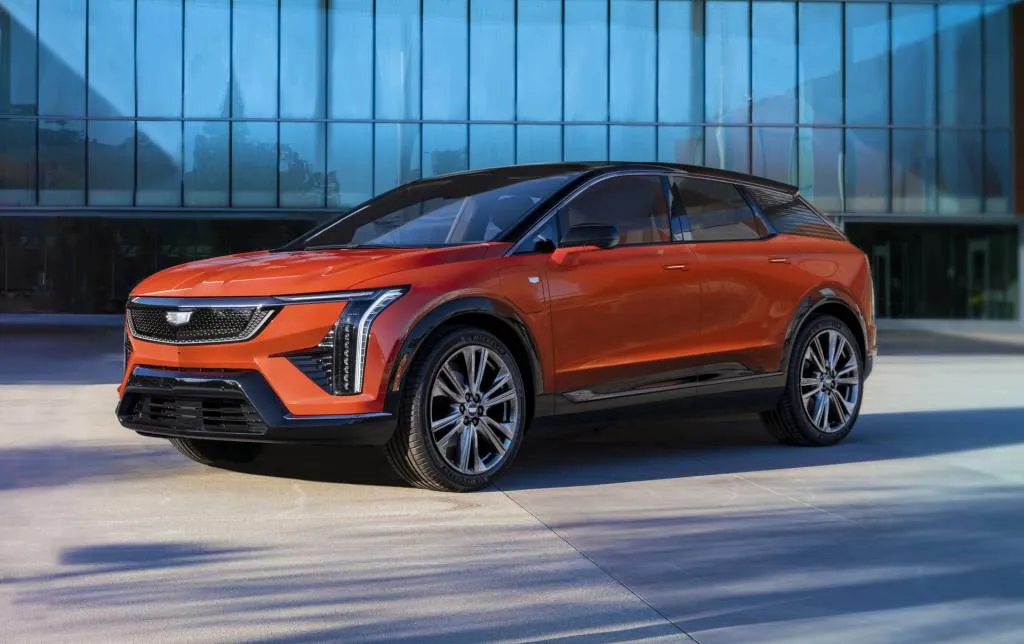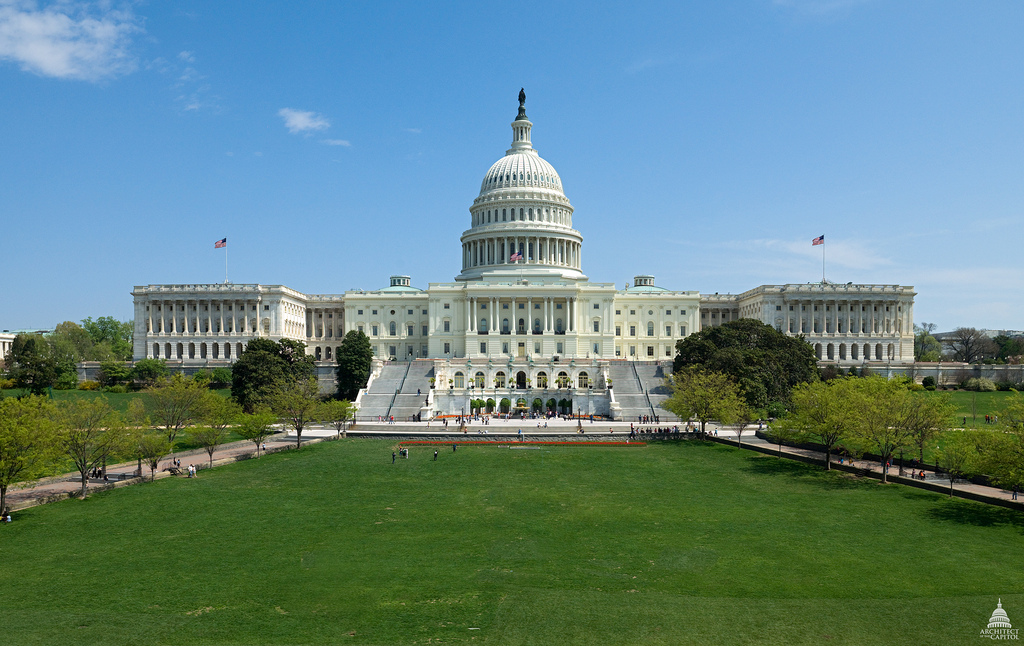The House of Representatives on Wednesday passed a bill aiming to block the EPA from finalizing stricter emissions rules for model years 2027-2032.
The bill, H.R. 4468, or the « Choice in Automobile Retail Sales Act of 2023, » seeks to prohibit the EPA from « finalizing, implementing, or enforcing a proposed rule with respect to emissions from vehicles, and for other purposes. » The rule in question is a set of stricter tailpipe emissions targets proposed by the EPA in April.

2024 Ford Mustang Mach-E Rally
The Republican-controlled House appears to believe these targets constitute an EV mandate. H.R. 4468 specifically targets any proposed EPA rule that « mandates the use of any specific technology » or « results in limited availability of new motor vehicles based on the type of new motor vehicle engine. »
However, this would be a misconception (or perhaps willful ignorance) of the content of the proposed rules. What the EPA is a proposing is a 56% reduction in per-mile carbon dioxide emissions from existing emissions standards in effect through the 2026 model year. That will require a lot more EVs—they will likely account for about two thirds of new-vehicle sales by 2032, the EPA estimates—but it doesn’t mandate them and leaves the door open for other tech solutions.

2024 Cadillac Optiq
The bill is unlikely to be passed by the Democrat-controlled Senate and is likely dead on arrival. Automakers themselves seem at least somewhat receptive to the stricter rules. Automaker interests generally stood behind the rules at first but then aimed to soften them somewhat (Ford was a noteworthy exception to that).
General Motors is one of the companies having issue with this trajectory, claiming it would require vastly greater EV sales—even though by 2032 it expects several of its brands to be fully electric. About one-fifth of U.S. dealerships recently drafted a letter criticizing efforts to boost EV sales—again seemingly misunderstanding the definition of a mandate.

